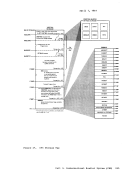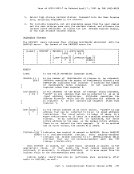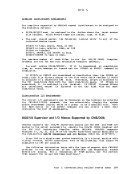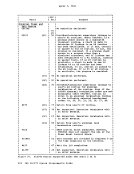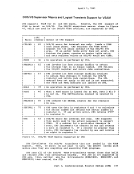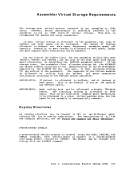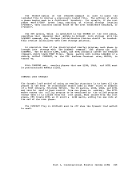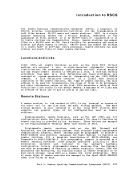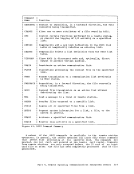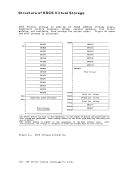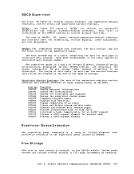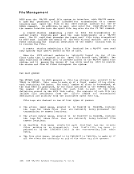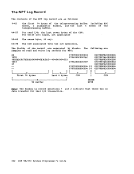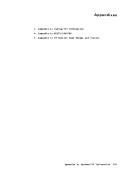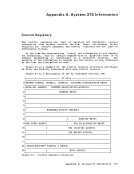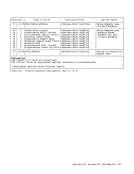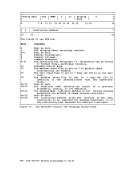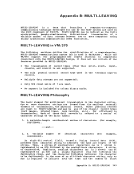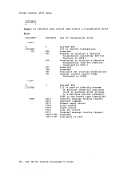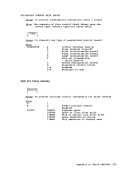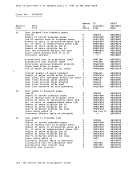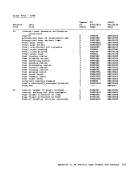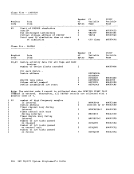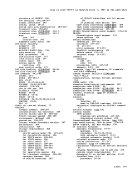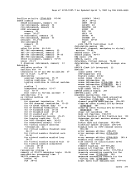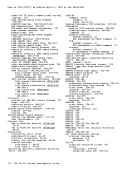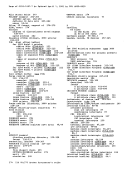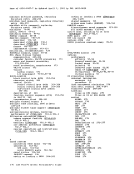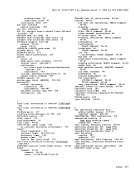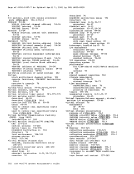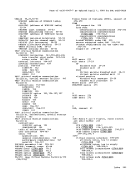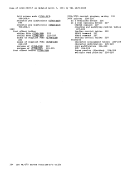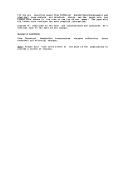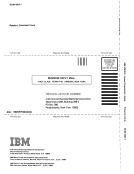page of GC20-1807-7 As Updated April 1, 1981 by TNL GN25-0829
5. Extend high storage nucleus storage downward into theUser Program Area, modifying FREELOWE in the For variable requests, put all available pages from the user chains
and the user program area onto the nucleus chains, and allocate the
largest block available on either thelow storage nucleus chains, or the high storage nucleus chains.
TheDMSFRET macro releases free storage previously allocated with the DMSFREE macro. The format of the DMSFRET macro is: r-- I [label] DMSFRET I DWORDS=j I I I I I '-- label
DWORDS= {' n }
(a)
LOC={laddr}
(1 )r ,
ERR=lladdrlI *
L Jr , I l(U)J t III J I r r "
r r
"I I,ERR=lladdrll I I I I I * II I IBALRII I L L .J.J L L
isDWORDS=n specifies the number of doublewords directly and DWORDS=(O} indicates that register 0 contains the number
of doublewords being released. Do not specify any
register other than register o.
is the address"laddr" is any
(load address)
address directly
in register 1.
register 1.
of the block of storage being released.
address that can be referred to in an LA
instruction. LOC=laddr specifies the
while LOC=(1) indicates the address is
Do not specify any register other than
is the return address if an error occurs."laddr" is any
address that can be referred to by an LA (load address)
instruction. The error return is taken if there is a
macro coding error or if there is a problem returning the
storage. If an asterisk (*) is specified, the error
return address is the same as the normal return address.
There is no default for this operand. If it is omitted
and an error occurs, the system will abend.I indicates how control is passed to DMSFRET. Since DMSFRET IBALRI is a nucleus-resident routine, other nucleus-resident
L J routines can branch directly to it(TYPCALL=BALR) while
routines that are not nucleus-resident must useSVC linkage (TYPCALL=SVC). When DMSFRET is called, the block beinq released is placed on the
appropriate chain. At that point, the final update operation is
performed, if necessary, to
nucleus chain to the corresponding user chain.Similar update operations will be performed, when necessary, after
calls toDMSFREE, as well. Part 3. Conversational Monitor System (CMS) 251
5. Extend high storage nucleus storage downward into the
and the user program area onto the nucleus chains, and allocate the
largest block available on either the
The
DW
(a)
LOC={laddr}
(1 )
ERR=lladdrl
L J
r r
"
is
of doublewords being released. Do not specify any
register other than register o.
is the address
(load address)
address directly
in register 1.
register 1.
of the block of storage being released.
address that can be referred to in an LA
instruction. LOC=laddr specifies the
while LOC=(1) indicates the address is
Do not specify any register other than
is the return address if an error occurs.
address that can be referred to by an LA (load address)
instruction. The error return is taken if there is a
macro coding error or if there is a problem returning the
storage. If an asterisk (*) is specified, the error
return address is the same as the normal return address.
There is no default for this operand. If it is omitted
and an error occurs, the system will abend.
L J routines can branch directly to it
routines that are not nucleus-resident must use
appropriate chain. At that point, the final update operation is
performed, if necessary, to
nucleus chain to the corresponding user chain.
calls to

























































































































































































































































































